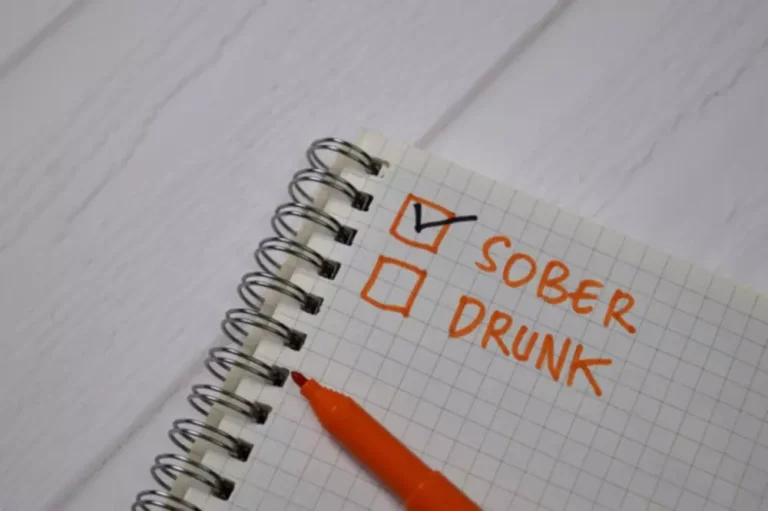
Relapse prevention treatment duration varies based on individual needs but often spans 12 to 20 sessions, each lasting about an hour. Sessions occur weekly at first and then may taper off to biweekly or monthly. During these sessions, therapists teach coping skills, identify triggers, and develop strategies to prevent relapse. Relapse Prevention is considered among the most important clinical innovations in the substance use disorder treatment and recovery field, and continues to be one of the most widely practiced. When clinicians and scientists refer generally to CBT for substance use disorder, it is often Marlatt’s RP model or some related approach to which they are referring. Then, the patient and clinician work to develop strategies, including cognitive (related to thinking) and behavioral (related to action), to address those specific high-risk situations.

Spinal Cord Injuries: Causes, Symptoms, and Living with One
Since our goal is to help you stay sober for a long time, we’ll discuss tools that you can use to build a strong foundation for your recovery. Probably the most common misinterpretation of complete honesty is when individuals feel they must be honest about what is wrong with other people. I like to tell patients that a simple test of complete honesty is that they should feel “uncomfortably honest” when sharing within their recovery circle.
Genetic influences on treatment response and relapse
They offer a sense of belonging and understanding, often missing from other social circles. Relapse prevention group activities can be a cornerstone in the journey to recovery. These activities allow you and other group members to share experiences and foster camaraderie. Write down a schedule of your favorite support groups and attend a meeting for additional guidance.
How To Create a Relapse Prevention Plan

A setback can be any behavior that moves an individual closer to physical relapse. Some examples of setbacks are not setting healthy boundaries, not asking for help, not avoiding high-risk situations, and not practicing self-care. A setback does not have to end in relapse to be worthy of discussion in therapy. Long-term solutions for managing relapse are about preventing relapse as much as possible. The following strategies have been effective for people who are dependent on alcohol or another drug in helping to reduce the risks of relapse on the road to recovery. Across all these relapse prevention interventions and resources, participants were asked to refer to a manual or workbook consistently following the completion of GSH to prevent relapse and practice various techniques independently.
- Clients need to understand that one of the benefits of going to meetings is to be reminded of what the “voice of addiction” sounds like, because it is easy to forget.
- If a person does return to using substances, they should speak with a healthcare professional who can help them resume their treatment plan, modify it, or start a new one.
- With a healthcare professional’s guidance, someone may be able to resume their treatment plan, modify it slightly, or try a different treatment plan that works better for them.
- At The Recovery Team, we are dedicated to assisting you in breaking the cycle of drug abuse.
- In this context, a critical question will concern the predictive and clinical utility of brain-based measures with respect to predicting treatment outcome.

Research shows that social support indicates long-term success, while peer pressure and unsupportive relationships can lead to relapse. Self-efficacy refers to a person’s confidence in their own ability to achieve something. When a person’s self-efficacy relapse prevention skills is low, they may have a hard time believing in their ability to maintain sobriety. Researchers and practitioners have identified multiple steps which help to explain the progression of many individuals through the process of recovery.

Nonetheless the inclusion of reference checking supported the electronic database search, strengthening the findings of this scoping review. However, access to other grey literature databases was restricted; thus, future reviews may consider including multiple grey literature databases. Nonetheless, this review focussed on identifying what is available for patients when they are no longer in treatment and do not have access to the support of their practitioners instead of understanding the relapse prevention discussions that may occur during GSH.
Future research with a data set that includes multiple measures of risk factors over multiple days could also take advantage of innovative modeling tools that were designed for estimating nonlinear time-varying dynamics [125]. A key feature of the dynamic model is its emphasis on the complex interplay between tonic and phasic processes. As indicated in Figure Figure2,2, distal risks may influence relapse either directly or indirectly (via phasic processes).
